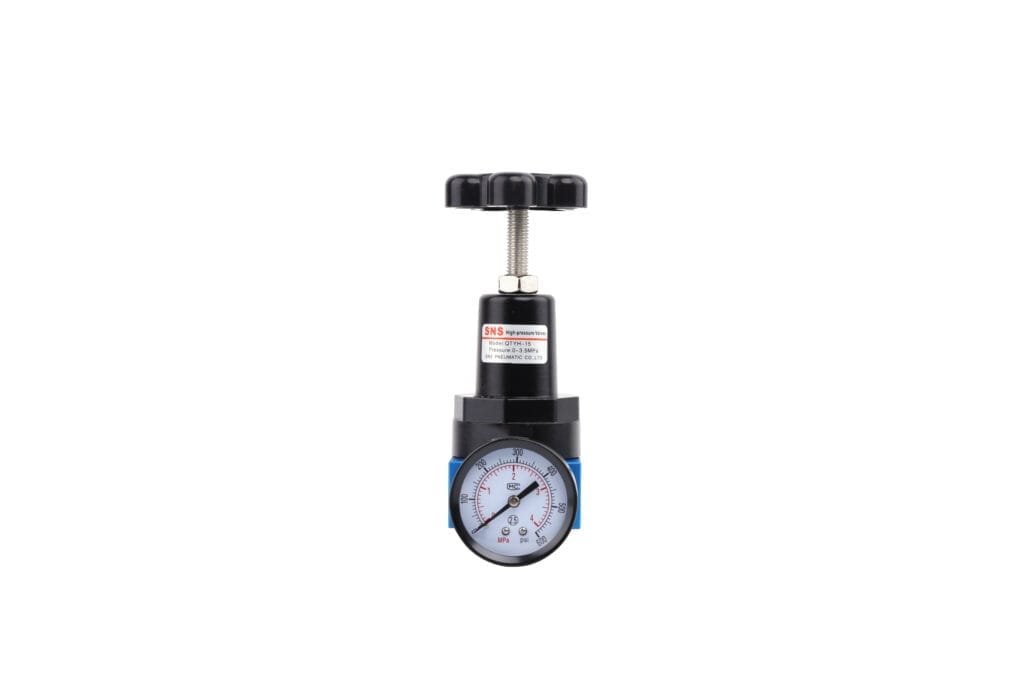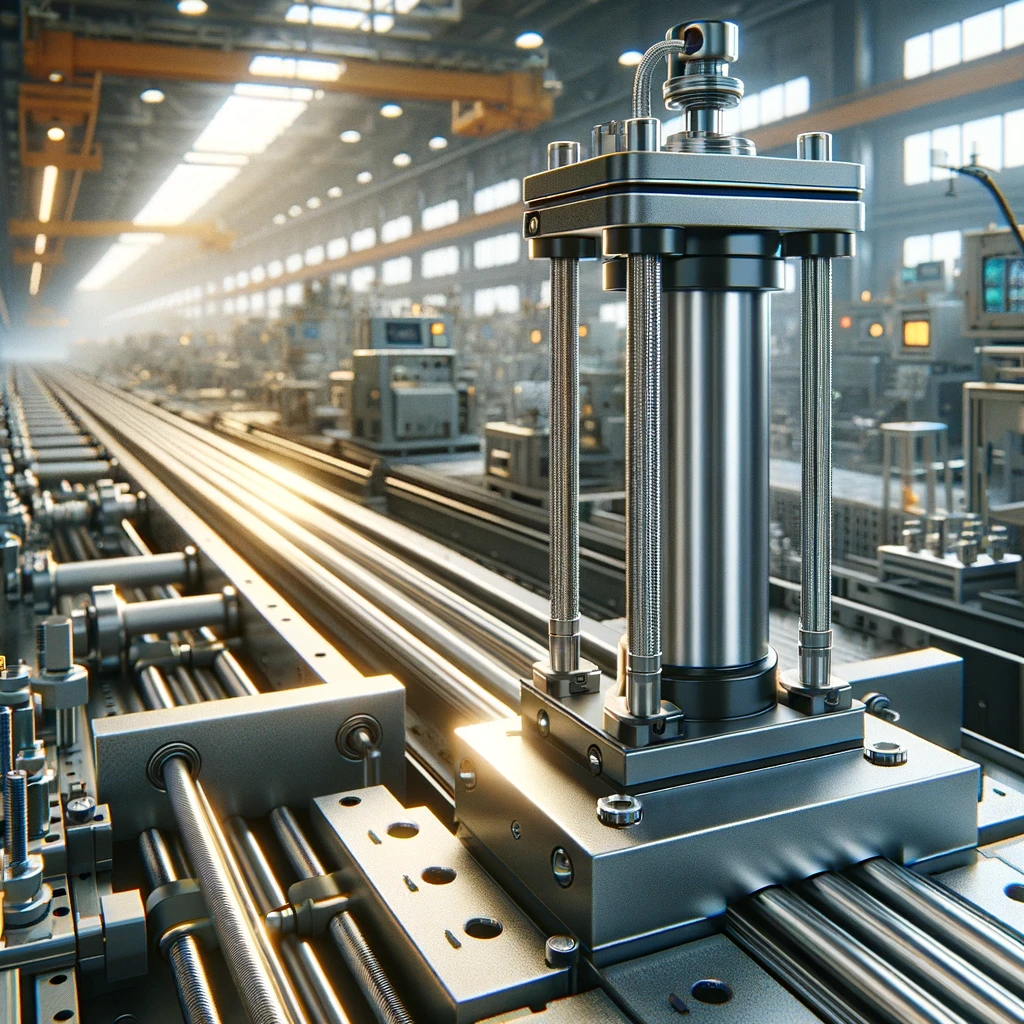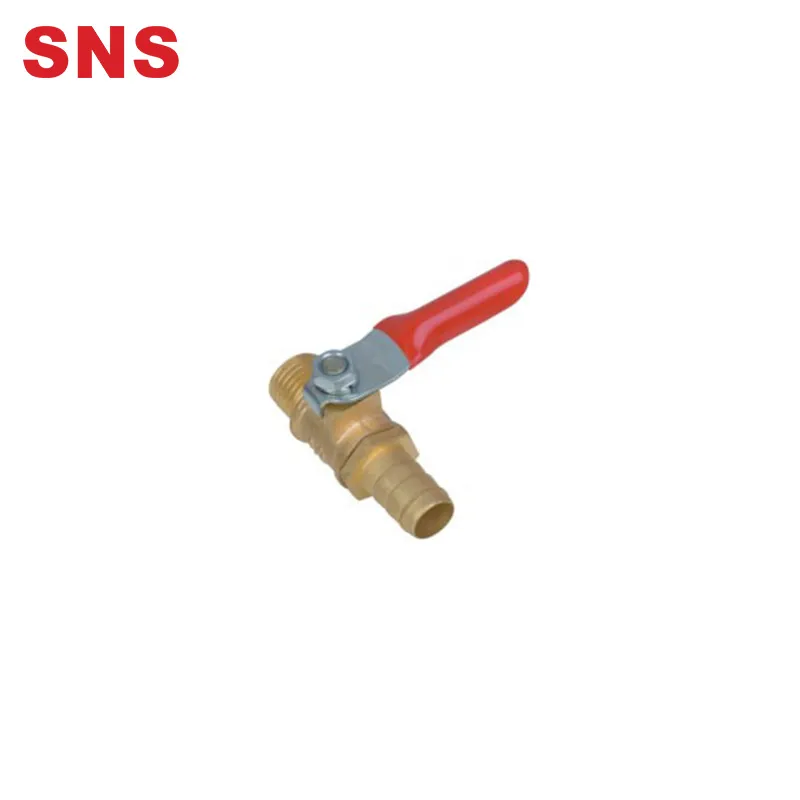Can An Air Regulator Increase Pressure
In this guide, we’ll explore the functionalities of an air regulator in a spray paint system, particularly focusing on its role in pressure management and the misconceptions about its ability to increase pressure.
Can An Air Regulator Increase Pressure?
An air regulator plays a crucial role in managing and stabilizing the output pressure in pneumatic systems. It ensures the pressure from the source does not exceed the desired level. This device primarily functions to lower the pressure to a more suitable level for your tools or applications.
Remember, an air regulator cannot boost the pressure higher than the original source pressure. This limitation highlights the importance of starting with a source pressure that matches or surpasses your needs.
Selecting the right air regulator involves considering the maximum input pressure it can withstand and the output pressure range you require. If the source pressure falls short, adjusting the regulator won’t increase it; the device will merely decrease it to your specified level. This adjustment ensures a consistent and safe output.
The main purpose of an air regulator is to provide a constant flow and pressure, safeguarding your pneumatic devices from the potential harm caused by pressure fluctuations in a compressed air system. Acting as a control device rather than a compressor, an air regulator excels in delivering steady output despite varying input conditions.

What Is An Air Regulator?
An air regulator plays a pivotal role in maintaining consistent air pressure within pneumatic systems, ensuring both safety and optimal operation. It achieves this by automatically adjusting air flow to keep the pressure at a predetermined level, even if there are fluctuations in the supply. This device is crucial for various applications where maintaining a steady pressure is essential.
At its core, an air regulator is a special type of valve. Its primary function is to take in air at one pressure and output it at another, typically lower, pressure. This adjustment is vital for the proper functioning and durability of tools and equipment, as it guarantees they operate under the correct pressure.
One can find air regulators in a wide array of environments. They are indispensable in industrial settings, on manufacturing lines, in automotive spray painting, in air compressors, and even in scuba diving gear. The broad range of their applications underscores their critical role in numerous fields.
These regulators are built from robust materials and often come with a knob or dial. This design feature allows users to precisely set the output pressure, tailoring it to the specific needs of their equipment. This precision ensures that, despite any variations in supply pressure, the equipment remains within safe and effective operating conditions.
Function Of An Air Regulator
An air regulator plays an important role in your pneumatic system by maintaining consistent pressure levels. It guarantees that your equipment operates safely by preventing pressure from exceeding safe limits. Additionally, it stabilizes air flow, contributing to the efficiency and longevity of your tools.
Pressure Control
An air regulator plays a crucial role in a pneumatic system, ensuring that pressure is consistently managed. This device allows for the fine-tuning of pressure to match the specific needs of various tools or applications. By adjusting a knob or a screw on the regulator, users can set the pressure to their desired level.
The internal mechanics of an air regulator are designed for precision. A spring mechanism responds to adjustments made by the user. Depending on whether the pressure needs to be increased or decreased, this mechanism will either open or close a valve. This action adjusts the airflow, achieving a stable pressure at the user’s set point.
This system of pressure control is vital for the efficient operation of pneumatic systems. It prevents the potential harm that could come from excessive pressure, ensuring that tools and applications run smoothly and safely.
Stability
Air regulators play a pivotal role in pneumatic systems by ensuring airflow is meticulously controlled. This control is vital for the consistent operation of pneumatic tools and machinery, especially in tasks requiring high precision. Through automatic adjustments of air pressure, these devices keep the pressure consistent with the predetermined settings, effectively countering any variations in downstream pressure.
The significance of air regulators extends to protecting equipment from potential damage due to pressure inconsistencies, such as spikes or drops. Such protection is paramount for the equipment’s durability and optimal performance over time.
The design of air regulators is ingeniously simple yet highly effective. They incorporate a diaphragm and springs that work together to regulate airflow smoothly. When correctly tuned, an air regulator boosts system efficiency and minimizes wear and tear on machinery. This not only ensures the stability of pneumatic systems but also enhances their reliability, making air regulators an indispensable part of maintaining system integrity.
Safety
Air regulators are crucial for maintaining the balance and effectiveness of pneumatic systems. They play a vital role in preventing sudden pressure surges that could otherwise lead to equipment failure or operational hazards. By controlling downstream pressure, these regulators ensure that systems operate within their designated safe pressure ranges. This action is key to avoiding potential damage to equipment and safeguarding against safety risks.
It’s essential to regularly monitor and maintain your air regulator. This practice is vital for minimizing risks associated with pressure inconsistencies. A well-maintained air regulator not only prolongs the life of pneumatic tools but also promotes a safer work environment.
Ensuring your air regulator is in peak condition should be a top priority. This approach is fundamental in eliminating accidents that could result from fluctuating pressure levels. By prioritizing the health of your air regulator, you contribute significantly to creating a secure and efficient work setting.

The Limitations Of Air Regulators Regarding Pressure Increase
You must understand that air regulators can’t boost pressure beyond the supply source’s capabilities. They’re designed to manage downstream pressure but are bound by a fixed upper limit. This inherent restriction means you can’t expect them to provide more pressure than what’s available from your air supply.
Cannot Exceed Supply
Air regulators play a crucial role in managing the flow within compressed air systems. However, it’s important to recognize that these devices have limitations, especially when it comes to increasing pressure. Specifically, air regulators cannot amplify the pressure above the level supplied to them. This limitation is fundamental to their design, which focuses on reducing and stabilizing pressure rather than boosting it.
For those working with compressed air systems, understanding this limitation is crucial. It means that the maximum output pressure achievable with a regulator will never exceed the pressure of your supply source.
Downstream Pressure
To ensure your compressed air system operates efficiently, it’s crucial to grasp the role of air regulators in managing downstream pressure. These devices are key to maintaining a steady pressure output, despite varying supply levels. However, it’s a common misconception that air regulators can boost the pressure beyond the source’s capacity. In reality, their function is to modulate the flow to achieve a consistent downstream pressure.
Air regulators excel in preventing pressure from surpassing a predetermined threshold. This safeguard is vital for protecting your tools and equipment from the potential harm excessive pressure can cause.
Alternative For Increasing Pressure
If you’re seeking to increase pressure beyond what air regulators can offer, you’ll need to investigate other options. Air compressors and boosters are effective alternatives that can greatly raise pressure levels. They’re tailored for applications requiring higher force or faster delivery.

Air Compressors
For those looking to enhance air pressure for a variety of uses, from powering pneumatic tools to supporting HVAC systems, air compressors stand out as a reliable choice. These devices operate by ingeniously increasing air’s pressure through volume reduction. This mechanism makes them indispensable for tasks demanding specific pressure levels.
Choosing the right air compressor involves assessing your requirements in terms of capacity and pressure output. This step is crucial to ensure the compressor you select aligns perfectly with your needs. Additionally, it’s important to consider the power source. Whether electric, gas, or diesel, your choice should hinge on the availability and practicality for your specific location and application.
Maintenance plays a pivotal role in the performance and lifespan of air compressors. Regular upkeep ensures these machines continue to operate efficiently, avoiding unnecessary downtime and extending their service life. By understanding and properly managing your air compressor, you unlock its full potential, making it a powerful ally in achieving desired pressure levels for a range of applications.
Boosters
Boosters elevate the effectiveness of air compressors by amplifying the pressure of gas or air streams. This enhancement allows for higher-pressure outputs tailored to specific tasks, without the need for a complete system overhaul.
These devices serve as a critical upgrade for operations requiring more potent air pressure than what standard compressors can offer. By integrating a booster, you benefit from an optimized system capable of meeting precise demands, thus ensuring efficiency and performance.
Opting for a booster means choosing a targeted solution. It’s a strategic move for enhancing operational capabilities, enabling your system to achieve and maintain the desired pressure levels with greater precision.
In essence, boosters represent a smart, cost-effective approach to maximizing the utility of air compressors. They provide the necessary boost to fulfill specialized needs, ensuring your system’s performance aligns with your objectives.
Faqs
How Pressure Is Increased By The Air Pressure Regulator?
An air pressure regulator effectively increases pressure by finely adjusting the airflow to match your specific needs. This device operates by initially lowering the pressure from the supply line, ensuring a controlled and stable output pressure. This process remains unaffected by any fluctuations in the incoming pressure, thanks to the regulator’s design.
At the heart of the regulator is a spring-loaded diaphragm or piston. This component is highly responsive to changes in downstream pressure. When the downstream pressure falls below the set point you’ve chosen, the regulator springs into action. It opens up to allow more air to flow through, thereby increasing the pressure.
Conversely, should the pressure rise above your selected set point, the regulator takes the opposite approach. It reduces the airflow, effectively stabilizing the pressure at the desired level. This dynamic adjustment ensures the output pressure is consistent, allowing for precise control over the performance of your pneumatic system.
The regulator achieves this balance by meticulously tuning the airflow to uphold the pressure level you’ve specified. This process not only ensures efficiency but also enhances the reliability of your pneumatic system. Through this mechanism, an air pressure regulator provides a solution that is both practical and dependable for managing and maintaining the desired air pressure in various applications.
Can I Adjust The Pressure Output On Any Air Regulator?
Air regulators typically feature an adjustable mechanism, allowing users to tailor the pressure output to meet specific needs. This capability is crucial for the safe and efficient operation of tools or applications. You will often find a knob or screw on the regulator designed for this purpose. By turning it, you can either increase or decrease the output pressure. It’s vital to keep an eye on the regulator’s gauge during this process to observe the changes as they happen.
However, it’s important to note that there is a maximum pressure limit. Exceeding this limit could result in damage to both the regulator and your equipment. Therefore, when adjusting the pressure, ensure the system is pressurized. This approach guarantees an accurate setting.
If you’re uncertain about the ideal pressure settings for your application, it’s wise to consult the equipment’s manual or seek advice from a professional. This step ensures that you’re making adjustments that are both safe and appropriate for your specific situation.
How Do I Increase The Pressure In My Air Compressor?
To effectively increase the pressure in your air compressor, begin by switching off and disconnecting the unit. This initial step ensures safety before adjustments are made.
Next, find the pressure switch, a key component for setting the operational pressure levels. You’ll need to adjust two specific settings on this switch: the cut-in and cut-out. The cut-in setting triggers the compressor to start pumping air, and the cut-out setting halts it once it reaches your desired pressure level.
To raise the pressure, turn the adjustment screw on the pressure switch clockwise. This action increases both the cut-in and cut-out settings, thereby elevating the compressor’s pressure capacity. It’s crucial to keep an eye on the pressure gauge during this process. This monitoring ensures you do not push the compressor beyond its maximum pressure limit, which could lead to equipment failure or safety hazards.
Adjusting your air compressor’s pressure demands precision. Too much adjustment can strain the system, while too little may not meet your operational requirements. Always aim for a balance to maintain the compressor’s efficiency and safety.
Conclusion
In conclusion, air regulators are designed for pressure control and stabilization, not for increasing pressure.
If you’re aiming to elevate air pressure in your system, investigating the use of compressors might be a beneficial next step. Exploring a variety of pressure-enhancing tools can ensure you find the right solution for your pneumatic needs.


